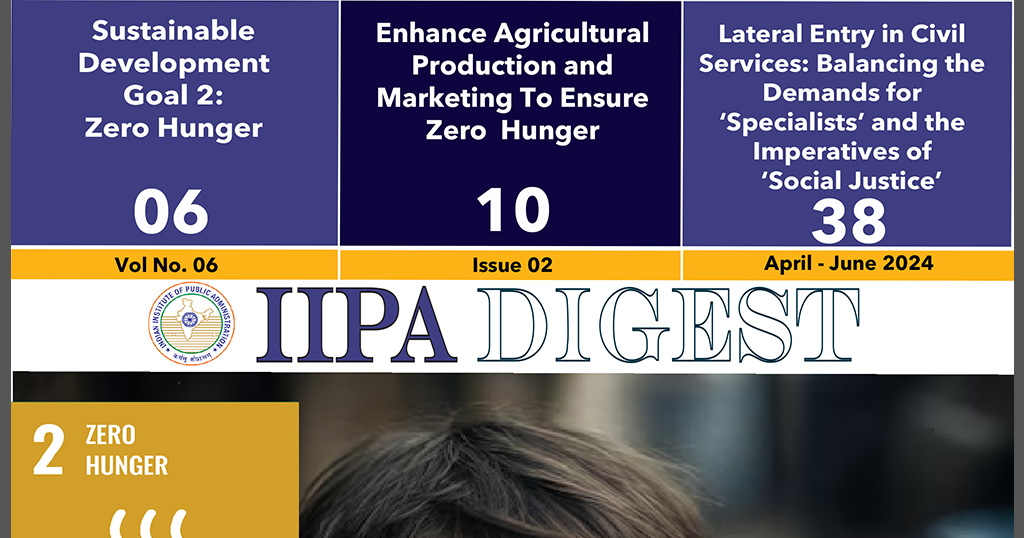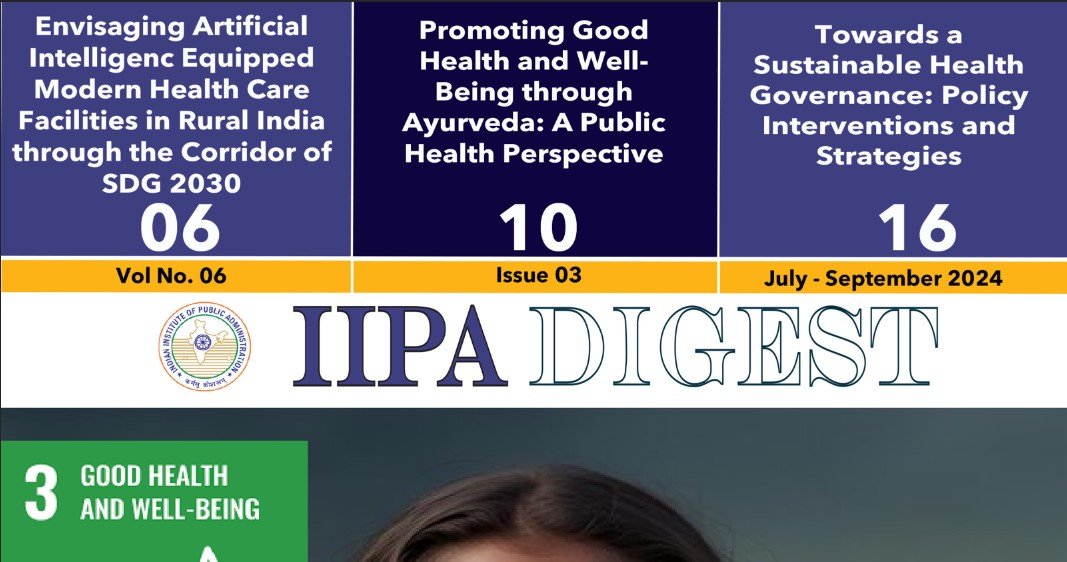Converting government institutions into community institutions is often posed as an impossible challenge. Public funding of education, health, nutrition, skills, and livelihoods with impactful management of those funds, is often the way forward. Is it really possible? What is the evidence?
New governments get more advice than they ask for. The electoral performance does indicate rural distress, in spite of high rates of economic progress. The lower quantiles have not been able to secure a life of dignity, even if they have got the better of chronic poverty. While many pro-poor public services have started reaching the poor, quality of outcomes in education, health, skills, nutrition and livelihoods require speedier quality action. More than at any point of time in the past, India is in a position to provide a life of dignity to every citizen, a social opportunity to develop their fullest human potential to every child, and human well-being on scale. This calls for governance transformation with additional sustainable financing for outcomes.
There is enough evidence to suggest effective decentralized community action as the way forward, to secure better lives for the deprived. Local governments need professionals. Interacting with the five hundred Gandhi fellows of the Piramal Foundation trying to make a difference at the last mile, PRADAN professionals working to transform lives and livelihoods, NDDB Services’ technical support teams to women’s collectives working to set up Mahila Milk Producers’ Companies in poor regions of Bihar, Madhya Pradesh and Uttar Pradesh, clearly bring out the role of professionals in rural areas in transforming outcomes.
The Rural Livelihood Mission and its Community Resource Persons, the Krishi, Pashu and Bank Sakhis, the Banking Correspondent Sakhis, the Community Resource Persons for Enterprise Promotion, the Block and Cluster level teams of professionals, are all confirming the need for professionals for outcomes in rural areas. Gram Panchayats and Urban Local Bodies also require professionals who can apply evidence based thought to processes of social and economic transformation. Recruitment of professionals by governments through cumbersome processes is time consuming. You often do not get a willing professional who is happy serving in remote regions. Karnataka has Panchayat Development Officers. The experience is mixed, with some making a difference while others continuing to see themselves as the ’babulog’.
When young professionals are selected by civil society after testing for aptitude and aspirations, the choice is much better. The National Resource Organization (NRO) certification under the Rural Livelihood Mission is also an effective way of identifying and grooming young professionals for effective action. Non- Governmental Organizations of proven excellence are selected as NROs and NROs are authorized to work with State Rural Livelihood Mission with ease of procurement procedures and price discovery for professional support. Major transformations have been possible through this approach to human resources and professional support.
One challenge that civil society organizations/ Corporate Social Rresponsibility initiatives face in working with governments is the discontinuities in interaction. A new official joins and decides to demolish a partnership. It is back to square one. If civil society partnership is so critical in the success of the young professional, it is in the interest of state and quality outcomes that institutionalization of civil society partnerships is undertaken. The Rural Livelihood Mission is a possible model, that can be adapted for sectors. Schools, Hospitals, Aanganwadi Centres, skill centres, livelihood diversification, will all do much better if institutionalized partnerships with community organizations and civil society is guaranteed by the state.
There is a strong case for an innovative human resource approach where young professionals are given mainstream responsibilities in a Gram Panchayat/Urban Local body for clear outcomes. If the Gandhi fellows or Buddha Fellows were allowed to work like the Secretary of a Gram Panchayat or an Urban Local Body for three years fixed appointment with civil society mentoring, they will achieve much more than what is possible otherwise. They can be supported and mentored by civil society organizations to tackle the challenges to quality outcomes. The best of National, State, District and Block Level resource institutions and persons can be drawn in to ensure quality outcomes. While the position of professionals in Panchayats and local bodies can be permanently funded, the engagement of the professional should be accountable to the community that they serve. It should be on a fixed term appointment of three years, subject to community accountability and satisfaction.
The Mission Antyodaya annual survey by local governments and women’s collectives can provide the baseline for young professionals. They must choose targets of improvement in the annual ranking. Data on 206 parameters relating to the Sustainable Development Goals are being collected with the certification of the elected representative of the Gram Panchayat and the women’s collectives, every year. This data should be validated by the Gram Sabha and placed on the public website. The performance of the young professionals should be judged on this independent and community vetted ranking. With flexible funds and last mile interventions, the young professionals can make a world of a difference.
Besides professionals, the local government institutions should also have untied flexible finances to improve schools, aanganwadis, hospitals/health centres/skill centres/and for support to livelihood diversification. These Young professionals working under the supervision of civil society organizations, should work as the Secretary of the Gram Panchayats/Urban Local Bodies. More than one may be required, depending on the need. Their prime responsibility will be to improve the accountability of government paid functionaries through intensive community mobilization and accountability. Funds, functions and functionaries should be accountable to local governments. All Central and State Government grants in the 29 sectors of the Eleventh Schedule and 18 sectors of the Twelfth Schedule, must be spent with the consent of Local Governments.
Local governments and community organizations like the women’s collectives, must be made responsible for the performance of schools, hospitals/health centres, Aanganwadis/skill centres/livelihood diversification. Within three years, the results will show. Let us make sarkari (government) institutions asarkari (impactful). That is the only route to quality public goods for all. Let us recognize the role of civil society organizations, democratic local government processes, community vetted data, full transparency, adequate untied funds, and role of young professionals in transforming lives and livelihoods.


